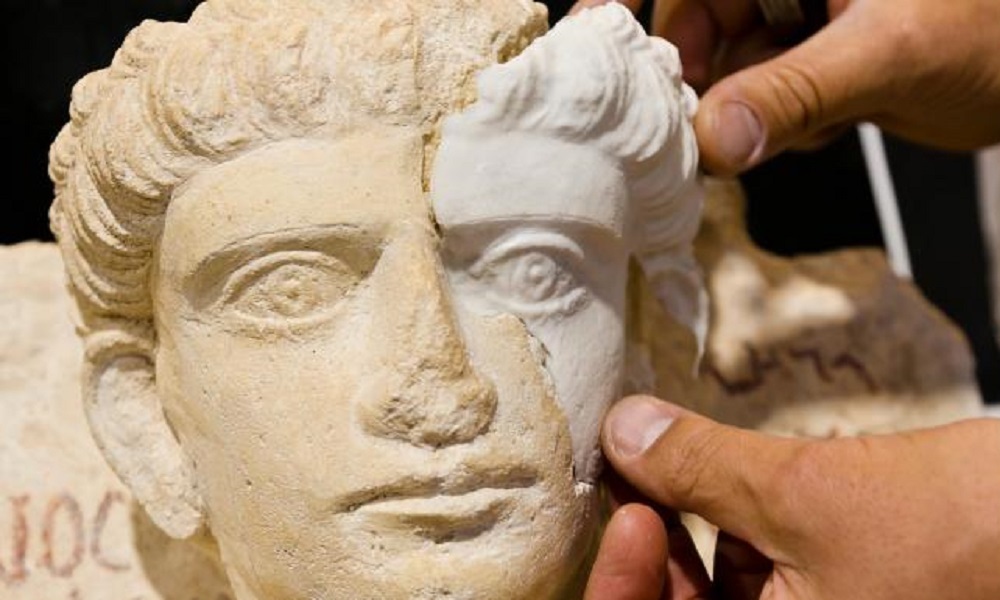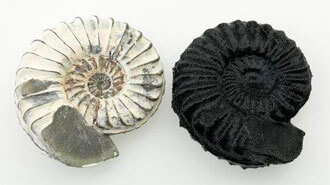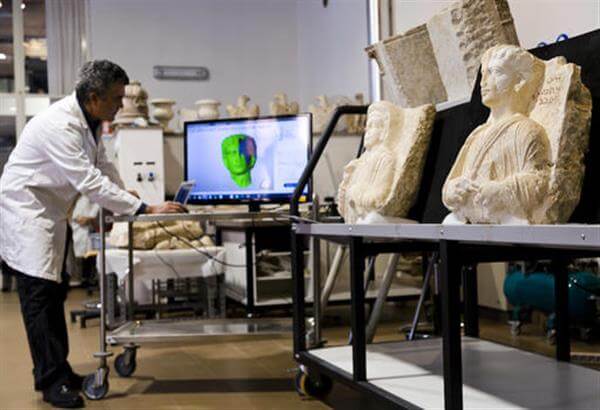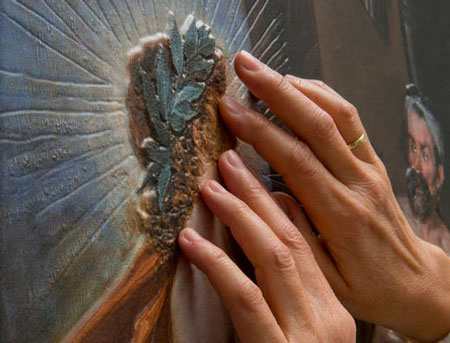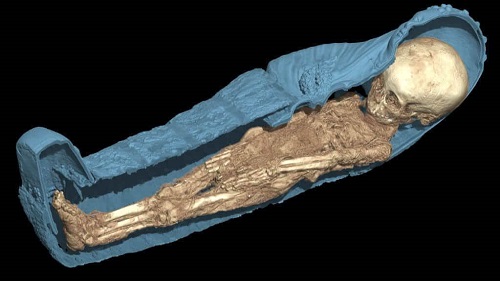Let’s 3D print for museum conservation!
Posted By Lucie Gaget on Sep 14, 2018 | 0 comments
You certainly heard about this tragical news: a fire started and spread in the National Museum of Brazil, in Rio de Janeiro. It is a real disaster, which almost destroyed twenty million objects and 200 years of work and research. Could the growing interest of museums for 3D printing help avoiding this kind of irreversible losses? It is a fact, this cutting-edge technology can be used in museums for cultural conservation, for archives, or even to create new 3D museums.
Benefits of 3D printing and scanning for museums are numerous and we should start to 3D print for museum conservation. Let’s see in this blog post what are all the different applications of additive manufacturing to take care of our cultural heritage!
How can 3D printing help museums?
3D printing for cultural conservation
3D printing reproductions of ancient objects and art pieces could be way more useful than you would think! Indeed, 3D printing could be a solution to recreate the objects and get really detailed replicas. This way, original parts can be preserved from the public as they are not directly in contact with museum visitors. 3D printed museum artifacts can be particularly convenient for really rare or fragile objects.
Visitors are sometimes tempted to touch objects they see in a museum. With 3D printed reproductions, no need to put “Do not touch” signs everywhere: people could now be allowed to touch and take these 3D printed replicas in their hands. It would not be damaging the original object. But this point is also interesting as allowing to develop engagement and interactions with visitors. Additive manufacturing allows rethinking the whole museum experience.
A real ammonite next to a 3D printed one
Credit: museumvictoria.com
Restore damaged sculptures
A lot of art pieces, structures and statues have been destroyed by ISIS during the last years in the city of Palmyra in Syria. Some restoration experts in Rome used the additive manufacturing technology in order to recreate some destroyed structures, but also to restore damages pieces. It is a great way to fix these historical objects by printing missed parts. That is exactly what these experts did with the funeral bust of an aristocrat partly destroyed by ISIS.
Thanks to 3D scanning and 3D printing, the missing part has been recreated on a computer and has been successfully 3D printed and then fixed on the original bust.
3ders.org
Thanks to all the 3D printing materials available, it is possible to print parts with a texture close to the original object.
Additive manufacturing to help people with visual impairment
We recently talked about this on our blog, additive manufacturing is also great to help people with visual impairment. 3D printing appears to be a real game-changer, could totally revolutionize the world of people with visual impairment and allowing them to visit museums.
Using this 3D technology and creating 3D printed art could clearly improve multi-sensory tactile experiences. Indeed, it is a way to print physical representation in 3D of paintings. This way, impaired visitors can touch these 3D printed versions of famous paintings, and experience it their own way.
ufunk.net
Creating 3D models of museum collections: Why is it important?
3D scans for archives
We are not saying that museums have to 3D print and recreate their whole collection using the 3D printing technology, this would not make sense. But, saving 3D files of the objects conserved in museums could actually be a great idea: It would definitely save a really detailed representation of the part, and keep all of its information in a secured place, even if it is just a 3D representation.
The fire in Brazil is a tragedy, and maybe, if the Nation Museum of Brazil still had millions of 3D models, the memory of all of this work and research would still be here in a certain way. Even if the real objects are not here anymore, some information about them could have been saved.
There are many software tools and devices now allowing to make really detailed 3D scans, thanks to 3D scanners and great photogrammetry software. Getting the 3D model of a real object is not that difficult, it is even possible to make great 3D scans using a smartphone using mobile apps.
The advantages of 3D scans for researchers
The 3D technology can also be used by researchers, and improve their daily work. 3D scanning objects and using 3D modeling, or 3D simulation is offering them new possibilities. They could get more information and manipulate fragile objects without damaging them.
A 3D scan of an ancient mummy.
Credit: All3DP.com
Getting 3D models of archeological remains can also allow studying things that would have been more difficult to check without the 3D technology. For example, The British Museum used 3D scanning to scan a large area of a beach after discovering early footprints. The sea was eroding and progressively destroying these footprints, that is why the decision has been made to 3D scan them so the analysis can continue even after the total erosion of this specific area.
3D models also have another important advantage for researchers: these 3D files are easier to share, it is quite more convenient to send a 3D model than shipping fragile and really rare artifacts or archeological remains.
3D used to create the museum of the future
It’s now even possible to create a whole 3D museum, that you can access from your home. This way, it could be possible to see and discover art pieces and ancient objects through 3D models.
3D scanning would also be a way to create virtual explorations of archeological sites or monument without damaging the items inside. This would be possible using virtual reality for example. It is great to develop the conservation aspect, but also to create a totally new museum experience thanks to these new technologies.
Would it be a solution to keep a 3D version of museums and archeological sites? It certainly would have been possible to keep some 3D reproductions of the National Museum of Brazil, this whole collection of object. Nothing can replace this museum and all its historical artifacts, but some information could have been saved.
3D scanning and printing can easily be introduced in museums to preserve cultural heritage.
The additive manufacturing technology is obviously an amazing new tool for museum conservations but also for archives and researches. The applications of 3D printing for art and museum are numerous.
If you already have 3D scans of real objects you would like to 3D print, upload your 3D files on our online 3D printing service et get your 3D printed objects in a few days!
Do you want to know more about the various 3D printing applications? Subscribe to our weekly newsletter right now!


 Connect with Google
Connect with Google Connect with Facebook
Connect with Facebook